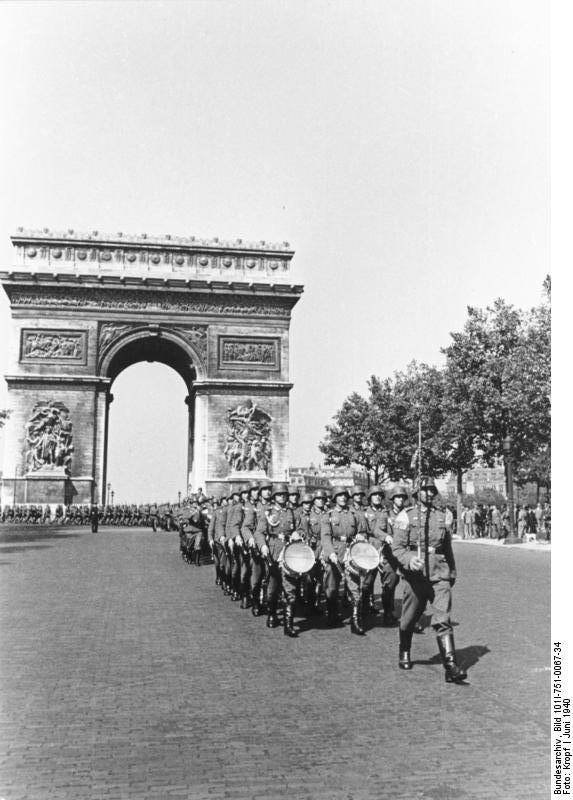At the onset of World War II, France fortified its northern and eastern borders by building the Maginot Line. After the catastrophe that was World War I, France planned to erect defense protocols to curtail potential invasions based on soon-to-be outdated trench warfare tactics.
In the 1930s, with Germany beginning to show signs of renewed aggression, the French military built a heavily fortified compound along the border of Italy, Germany, and Switzerland. Their belief was that the military installations and obstacles would deter an invasion. It would also delay an attack long enough for the French military to mobilize and begin a counterattack.
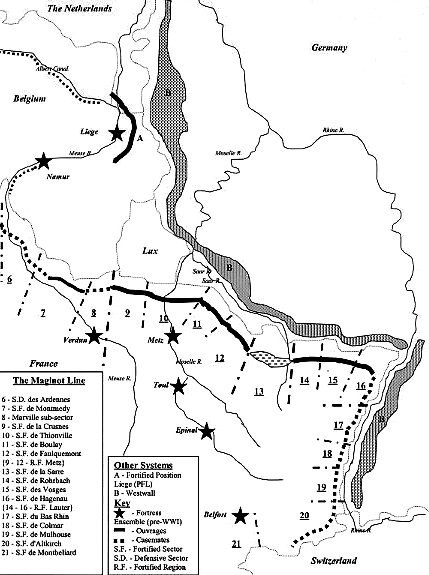
By 1940, millions of French citizens began leaving in anticipation of the German advance, flocking to cities away from the borders.
On May 10, 1940, the Battle of France began when French General Maurice Gamelin decided to engage German forces in the Netherlands by going through Belgium. Gamelin based his decision on his belief that the Germans would attempt to invade France on the Maginot Line at the German-French border. With the Germans already nearing a complete crossing of the Netherlands, Gamelin directed two French regiments and the British Expeditionary Force to the River Dyle.
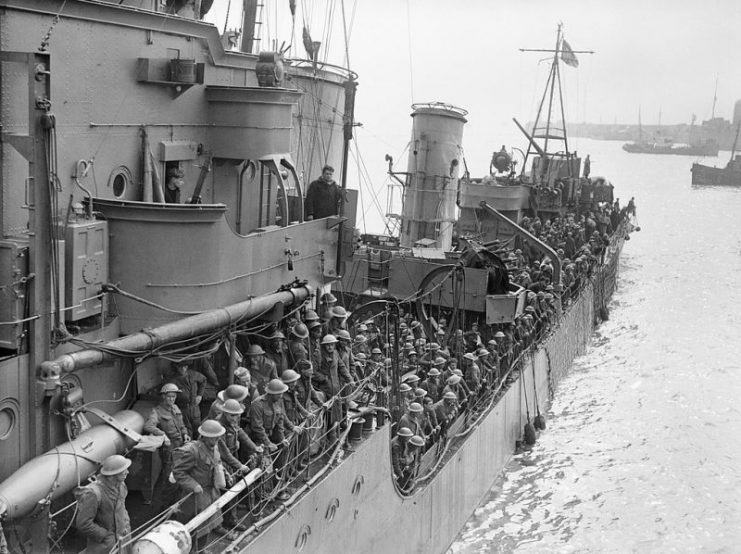
Germany responded by bursting through the Ardennes, going west towards Sedan, and finally north towards the English Channel, successfully flanking the Allied Forces. The Allies launched several unsuccessful counterattacks, and Germany was attempting to trap the French and British forces to prevent evacuation.
Then, unexpectedly, the Germans halted their advance on Dunkirk for three days, allowing the French and British to organize an evacuation plan. The British initiated Operation Dynamo to evacuate British and French forces on May 31st, and on June 1st, the Germans launched a massive offensive against the Allies.
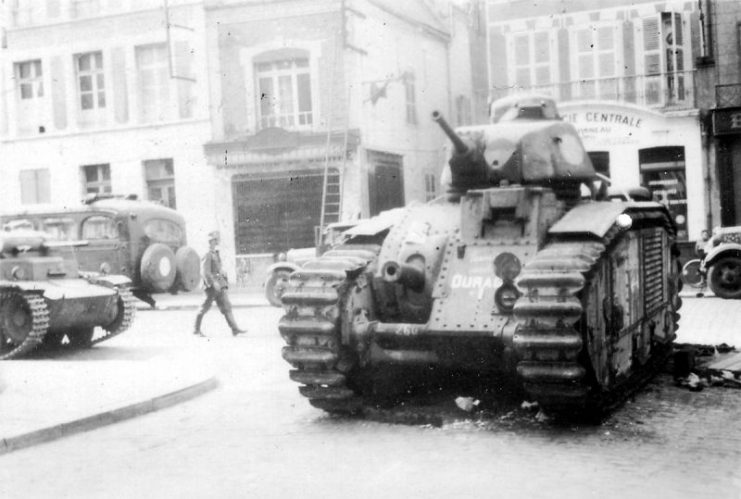
While the British began their evacuations, with Churchill promising France that its soldiers would not be left stranded, the French armies held the line. The French commitment to holding its position while being brutally assaulted with artillery allowed hundreds of thousands of soldiers to escape. However, nearly all the 35,000 men captured were French soldiers.
Another 120,000 soldiers from French colonies were also captured. Even in war, the Nazis practiced segregation; black POWs were imprisoned in different camps than their white comrades.
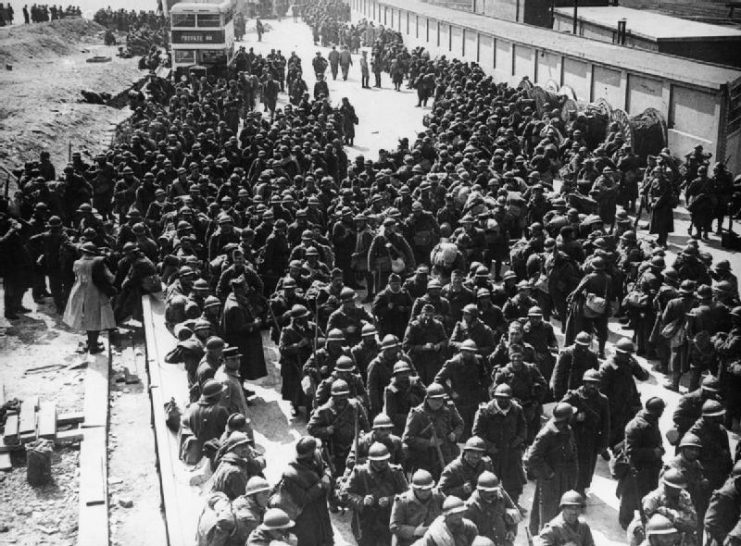
Meanwhile, the French suffered excessive casualties in May and June 1940. Over 92,000 French troops died, and 200,000 were wounded. In comparison, British casualties included 10,000 dead and 58,000 wounded. The French government relocated the capital from Paris to Bordeaux to avoid capture. After the overwhelming defeat in the Battle of France, which led to the Germans capturing Dunkirk and several French ports, France and Germany signed The Armistice of June 22, 1940.
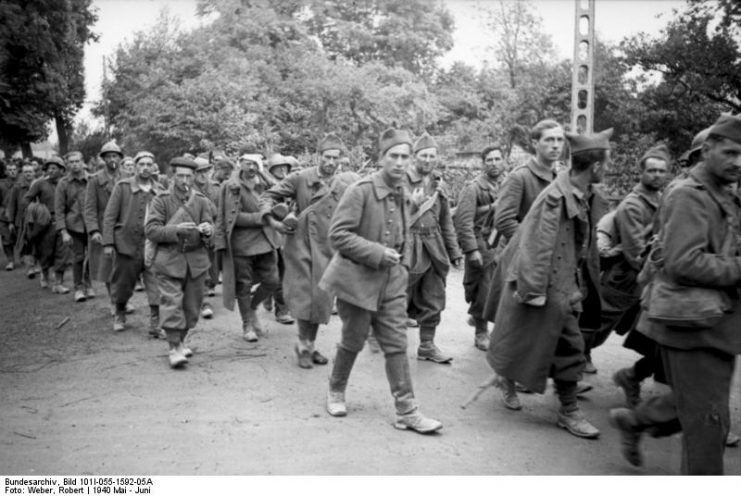
The treaty was signed in the same city (Compiegne) and on the same rail carriage that the Germans had signed the 1918 Armistice that ended World War I. Hitler used the location to enact vengeance upon France for the embarrassing end to World War I. The French were ashamed and embarrassed.
They agreed to allow Germany to occupy 60 percent of France, disarm their navy, surrender all people who had been granted political asylum (mostly Jews escaping Germany) and minimize the size of the French Army. It left only a small region of southern France unoccupied, ruled by a puppet government in Vichy.
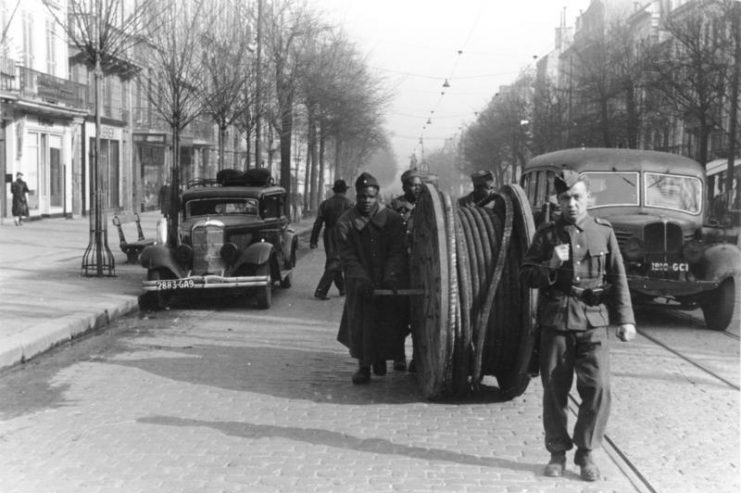
Additionally, the French were to turn over all German nationals residing in French territories, most of whom were Jewish, and these people were immediately deported to concentration camps. The Treaty was meant to curtail France from mobilizing its colonies against Germany and to disable the French Navy.
The terms were also recognized as being temporary pending a peace treaty with Britain that Germany and France believed was imminent. In fact, no final peace treaty was made, and nearly 1 million French POWs remained in German custody until the end of the war.
